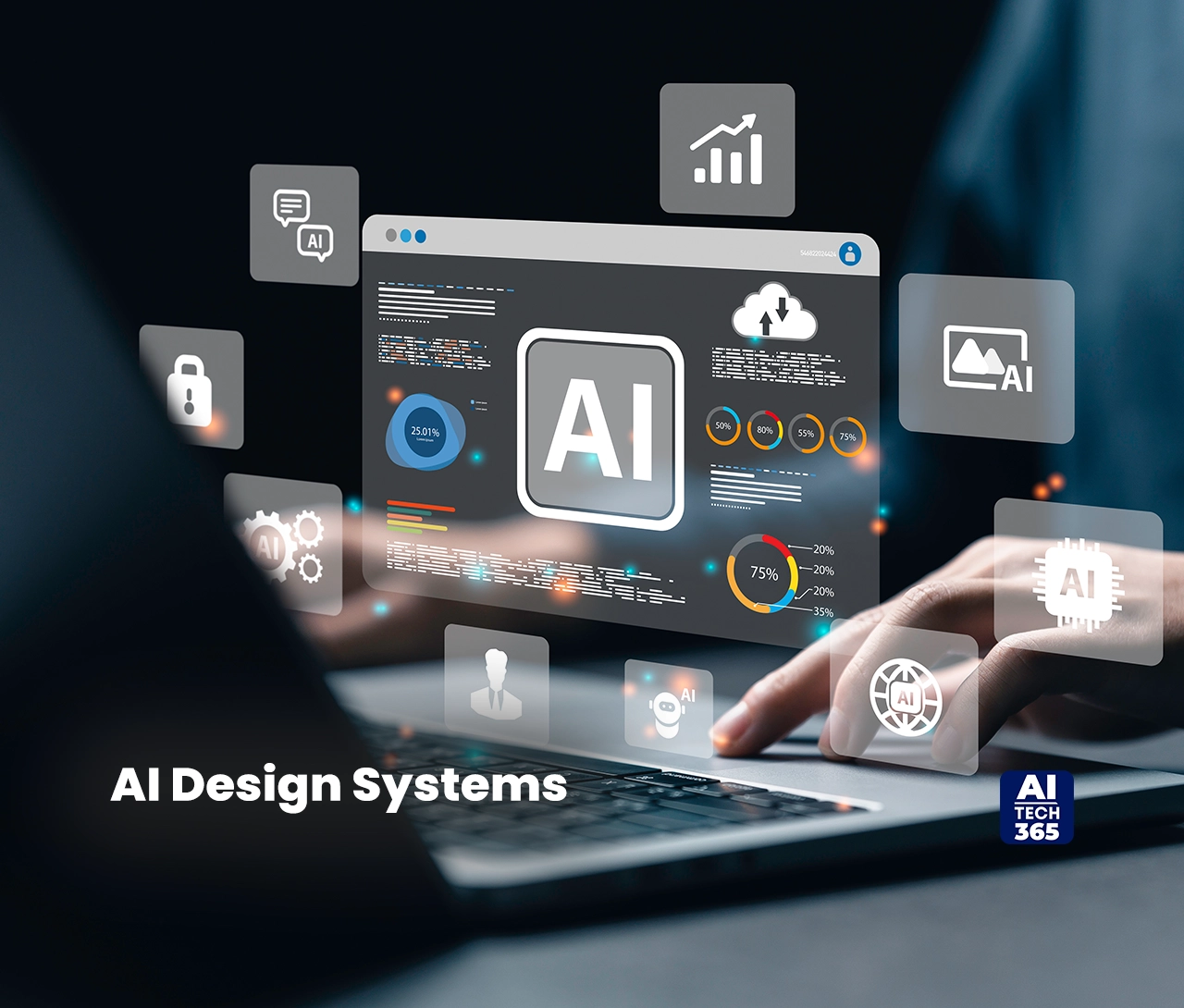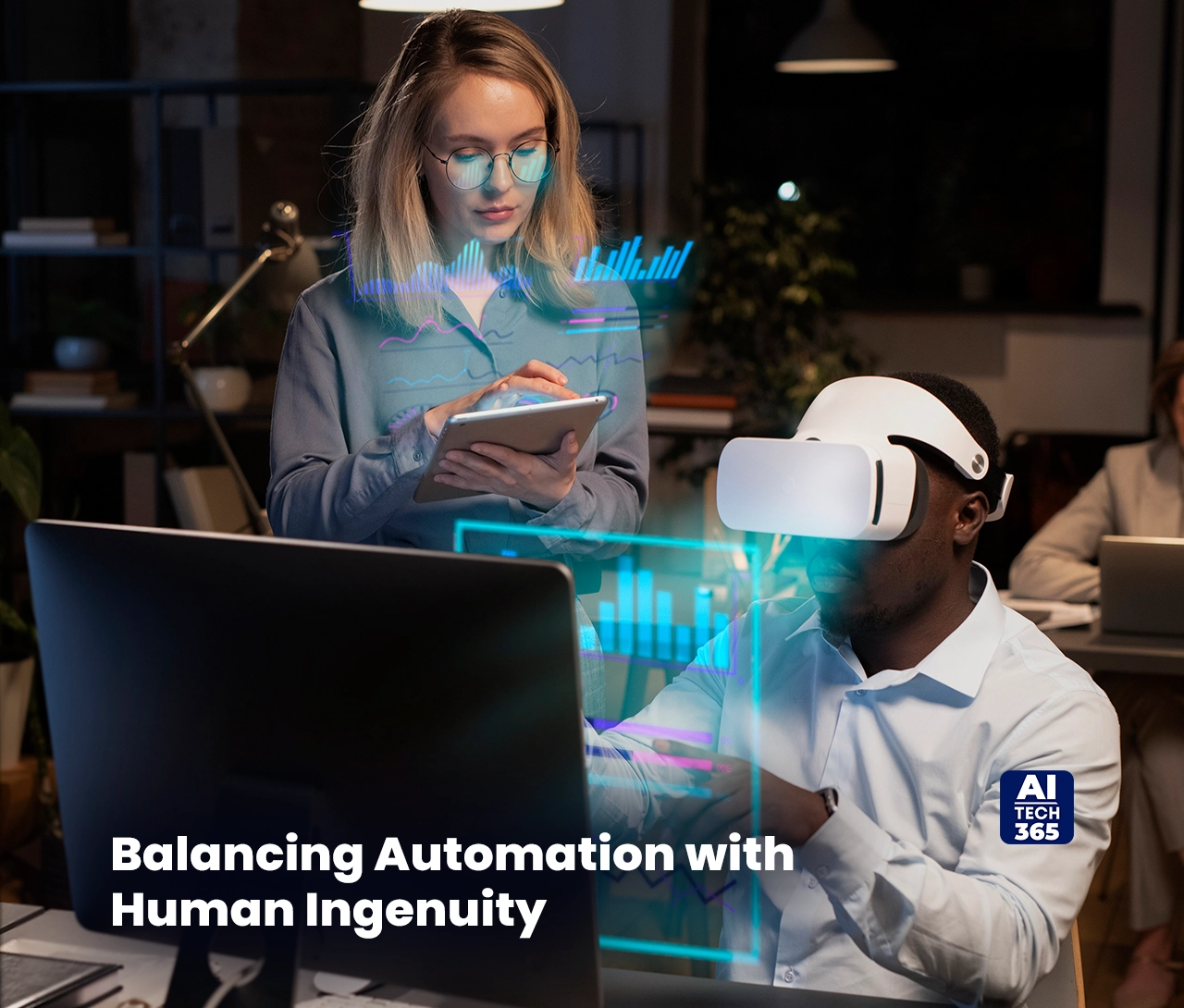A quiet revolution is happening where artificial intelligence meets interface design. User expectations are changing quickly, often faster than companies can keep up. Generative UI and AI-driven design systems aren’t just ideas for the future. They are changing how businesses create, improve, and deliver digital experiences right now. Leaders in AI and tech must grasp this convergence. It’s not only about keeping up with trends; it’s about reshaping how users interact.
The Emergence of Generative UI Is Beyond Static Interfaces
Traditional user interfaces have long relied on pre-defined templates and rigid design frameworks. These static systems work. However, they can’t meet the demand for hyper-personalized, context-aware experiences. Generative UI is a new way to create interfaces. They change in real time based on user actions, surroundings, and business goals.
Picture a streaming platform that changes its layout. It highlights genres that a user enjoys most at different times of the day. An e-commerce site can adjust its navigation. It does this by looking at a visitor’s history, their device, and even the local weather. These aren’t hypothetical scenarios. Companies like Netflix and Amazon are trying out generative principles. They use AI to make interfaces that feel more like helpful partners than just tools.
Generative UI stands out because it breaks away from the ‘one-size-fits-all’ approach. These systems use machine learning models that analyze large sets of user interactions. They predict what users want and how they want to experience it.
AI Design Systems
While generative UI focuses on the ‘what’ of user interaction, AI design systems tackle the ‘how.’ These frameworks use machine learning, component libraries, and workflow automation. They make it easier to create and deploy digital products. AI-driven design systems learn and evolve. This is different from traditional systems, which need manual updates and strict guidelines.
Figma recently added AI-powered prototyping tools. These tools analyze past design data to suggest better layouts. Figma’s 2025 AI report reveals that 82% of developers and 69% of designers report higher satisfaction with AI tools, with 68% of developers and 54% of designers noting improvements in work quality. Adobe’s Sensei automates tasks. It can resize assets for different screen resolutions. These tools save time and add important knowledge to the design process. This keeps things consistent and lets teams focus on new ideas.
The true breakthrough, however, lies in scalability. AI design systems help organizations keep their brand consistent across many customer touchpoints. They do this while staying agile. Global companies can now create localized interfaces automatically. It analyzes cultural differences and local tastes on its own.
When Generative UI Meets AI Design Systems
The fusion of generative UI and AI design systems marks a tipping point. They create feedback loops. Interfaces adapt to users. At the same time, they train the algorithms that run them. This symbiosis enables three transformative shifts:
First, dynamic personalization moves beyond surface-level customization. Now, systems do more than just insert a user’s name or suggest products. They change the information layout, color schemes, and interaction patterns too. Spotify changes its playlist layouts to match your listening habits and devices.
Second, adaptive interfaces respond to real-world context. A travel app can focus on flight updates while you commute. Then, when it notices you’re stationary, it can suggest hotel options. AI’s ability to process data from sensors and external APIs gives apps more context. This makes rigid apps feel like fluid experiences.
Third, cross-platform consistency becomes effortlessly achievable. AI-driven UI components help a banking app work well on web, mobile, and smartwatches. They also customize interactions to fit each platform’s strengths.
Also Read: How Enterprise General Intelligence Enhances Decision-Making in Large Organizations
Navigating the Ethical Maze
Like any AI-driven change, combining generative UI and design systems has its risks. The most pressing concern revolves around transparency. When interfaces change autonomously, users may feel disoriented or manipulated. A social media feed that keeps changing to increase engagement can lead to filter bubbles. It may also lead to addictive habits.
Bias amplification poses another threat. AI design systems can carry biases from their training data. If they favor certain groups in user testing, the interfaces may leave out underrepresented people. Microsoft’s early work on AI news layouts faced challenges with cultural sensitivity. This highlights the need for strong ethical guidelines.
Regulatory compliance adds complexity. GDPR and similar regulations mandate explainability in automated decision-making. A company can explain a change in the interface by saying that the neural network had unclear calculations. This confusion led to adjustments in how the interface works. So, they are making changes to improve clarity and usability. Solutions might be in hybrid systems. Here, AI suggests designs, but humans check them. This way, we keep everything in line with legal and ethical standards.
From Autonomous Interfaces to Self-Healing Systems
The next frontier lies in interfaces that don’t just adapt but anticipate. Picture a project management tool that changes its dashboard. It adapts to deadlines, team workload, and stress levels measured by biometrics. Or healthcare apps that simplify navigation for patients showing signs of cognitive fatigue.
New studies in neurosymbolic AI blend neural networks with symbolic reasoning. These systems might explain their design choices using simple language. This could bridge the gap between autonomous adaptation and human trust.
Another promising avenue is self-healing interfaces. AI design systems can automatically adjust problem areas by tracking user frustration metrics. This includes things like hesitation clicks and session abandonment. Duolingo and other early adopters have found success with this method. They use small UI changes to keep learners engaged and reduce drop-offs.
Duolingo, with over 42 million monthly active users, employs such methods to maintain engagement and reduce drop-offs
Strategic Imperatives for Leaders
For executives steering organizations through this transformation, several priorities emerge. Start by fostering collaboration between AI engineers and UX designers. Siloed teams will struggle to build the feedback loops essential for generative systems. IBM’s ‘AI + Design’ incubator pairs data scientists with creative directors. This program offers a model that can be copied.
Invest in ethical AI infrastructure. Tools like IBM’s Fairness 360 and Google’s What-If Toolkit can check for bias in design systems. Also, privacy-preserving methods like federated learning keep user data safe from exploitation.
Finally, embrace iterative experimentation. The generative UI landscape evolves rapidly, and early missteps are inevitable. Adobe’s ‘Design Forward’ initiative shares both failed and successful AI design experiments. This openness helps build trust with stakeholders and speeds up learning.
Balancing Automation with Human Ingenuity
As generative UI and AI design systems grow, they won’t replace human designers. Instead, they will enhance their skills. These tools automate repetitive tasks and highlight data insights. This lets creatives focus on strategic innovation. The future is for organizations that see AI as a collaborator, not a crutch. It combines algorithmic precision with human empathy.
The question isn’t if this change will reshape digital experiences. It’s about how fast leaders can adapt. People who connect generative UI with AI design will shape our future with computers. The rest risk becoming relics of a static, one-dimensional past.



